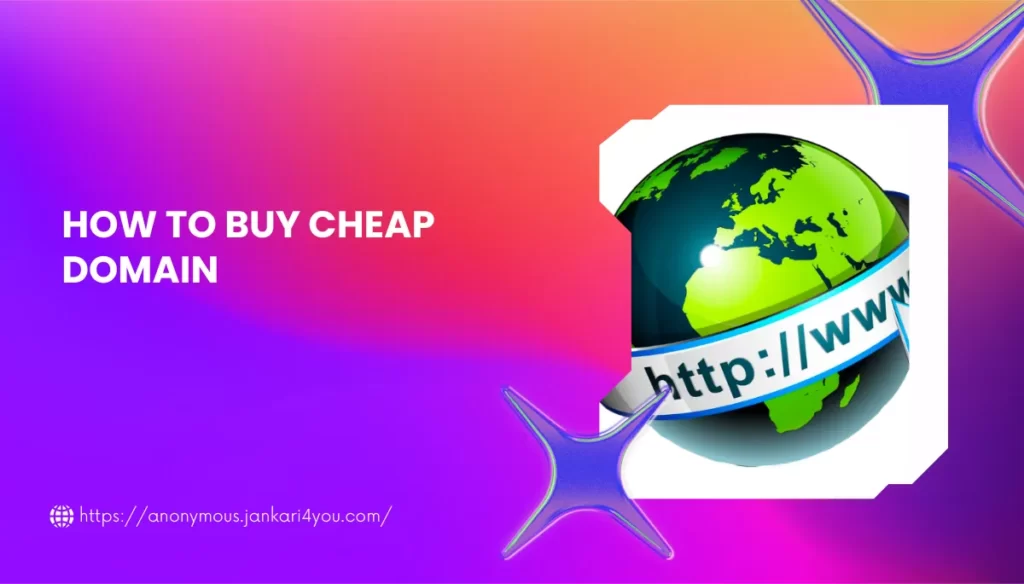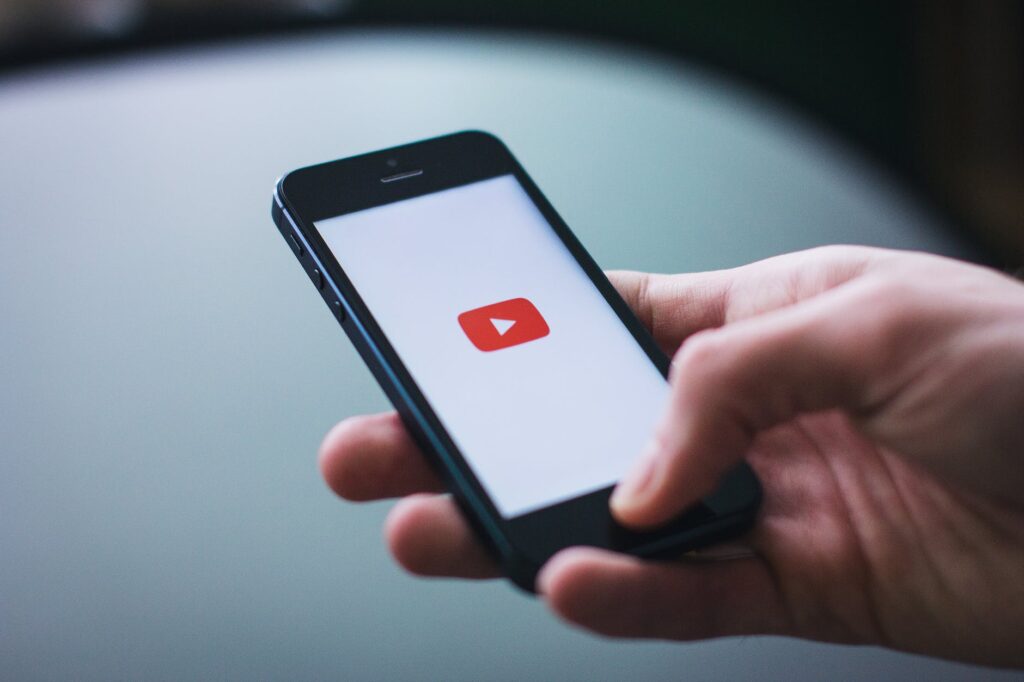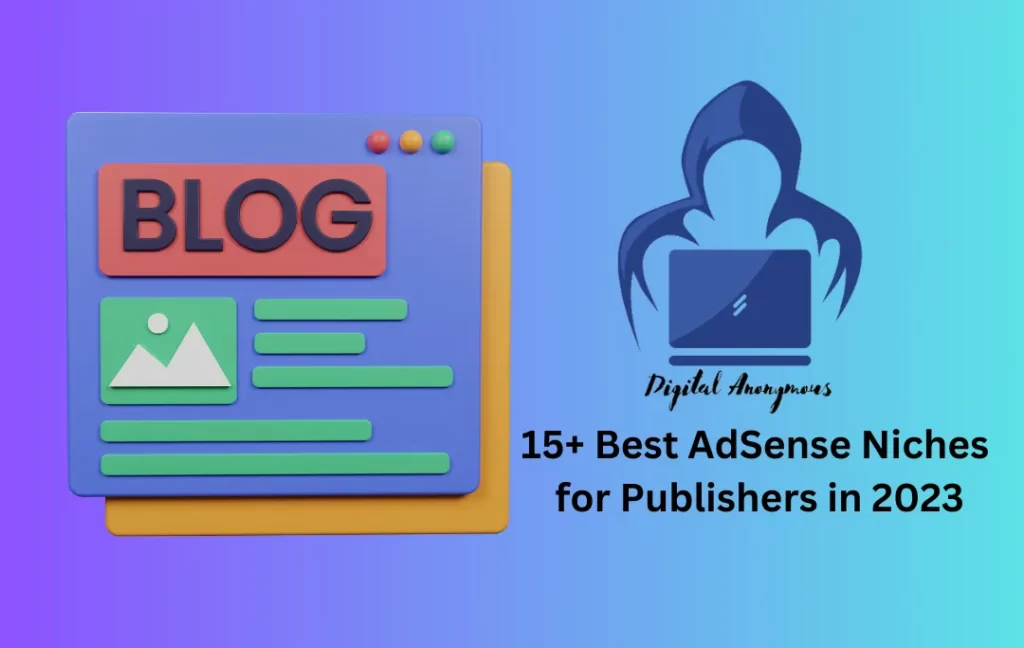Digital Marketing, also understood as Online Marketing refers to all marketing efforts on the internet and electronic medium. Businesses utilise
Digital Channels like Social Media, Search Engines, Email, and other websites to connect with current and prospective customers. It also includes communication through text or multimedia messages.
Characteristics of Digital Marketing
Targeting of One: Marketers can exactly target their audiences in different categorical ways – Age, Gender, Seniority, Location, Income, Interest, Behaviour, Lookalike, CRM Data, Remarketing, Device, etc. The communication can be personalised and highly interactive. Targeting is a sophisticated task that uses such algorithms to precisely reach the Target Audience on Digital Platforms. It is targeting one and not many.
Measurability: Digital Marketing has made Marketing more effective as it allows Measurement of Performance and Calculation of Return on Investment (ROI), which has always been the ultimate aim of Marketing. With Digital Marketing, Marketers can precisely know how many people saw the ad, how many clicked, how many visited the website, how many registered and how many bought.
Real-Time: Marketers get instant feedback, enabling them to optimise their campaigns. From feedback, they get to comprehend what is working and what is not and can tweak the campaign mid-way. It improves the ROI of Digital Marketing. Since Marketers must modify their plans based on feedback, Digital Marketing utilises Short Planning Cycles. The plans should be short term and flexible so that one can improvise on them based on Real-Time feedback.
Push and Pull: Within Digital Marketing, Marketers can choose to utilise Push and Pull media. Whereas ‘Search’ is primarily a Pull Medium, Banner ads on websites chosen based on context are Push Marketing. Digital marketing enables brands to do Strategic Brand-Building Marketing and Tactical Sales-Oriented activities. Marketers can create communities on social media, thus nurturing relationships with consumers, but the same activity also generates Leads and Sales.
Level-Playing Field: Digital marketing builds a Level-Playing Field for all Marketers. It does not require big budgets, so small and medium businesses can also take advantage of it. Traditional Advertising is the entry barrier of high costs, which is not there in Digital Marketing.
Traditional Marketing v/s Digital Marketing
Traditional Marketing
The promotion product and services through TV, telephone, Banner, Broadcast, Door to Door, Sponsorship, etc.
Traditional Marketing is not cost effective.
It is not so good for Brand building.
Traditional Marketing is difficult to Measure.
Traditional Marketing includes
- TV advertisement
- Radio
- Banner Ads
- Broadcast
- Sponsorship
- print Ads.
Digital Marketing
The promotion of products and services through digital media or electronic medium like seo, sem, PPC, etc.
Digital Marketing is more cost effective.
It is efficient and fast for brand building.
Digital Marketing is easy to Measure with the help of analvtical tools
Digital Marketing includes
- Search engine optimization (SEO)
- Pay-per-click advertising (PPC)
- Web design.
- Content Marketing.
- Social media marketing
Email marketing.
Organic Marketing and Paid Marketing
Organic Marketing generates Traffic to your business naturally rather than using paid methods. It comprises Blog Posts, Case Studies, Guest Posts, Unpaid Tweets, and Facebook updates. Organic Marketing uses SEO, Social Media, and various other channels to increase Brand Awareness.
Here are some examples of Organic Marketing:
Unpaid Social Media posts on Facebook, Twitter, Instagram, Snapchat, Pinterest, Tik Tok, etc.
Blog Posts (this very post you’re reading is an Organic Marketing effort)
Guest Posts
User-generated Content
Email Newsletters
SEO – Search Engine Optimisation
Online PR and Link Generation
YouTube
Paid Marketing
While Organic Marketing focuses on generating traffic to your site over Time, Inorganic Marketing, or Paid Marketing, uses paid methods to Target, Reach, Engage, and Convert audiences quickly.
Inorganic marketing strategies include Paid Search Ads, Paid Social Media Ads, Sponsored Posts, Display Ads, Video Ads on YouTube, etc. With Paid Media, you can micro-target your ideal audience and reach people who might never have heard of your business otherwise.
Examples of Paid Marketing:
- ● SEM: Search Engine Marketing
- ● Display Ads/ PPC
- ● Affiliate Marketing
- ● Social Media Ads
- ● Influencer Marketing










